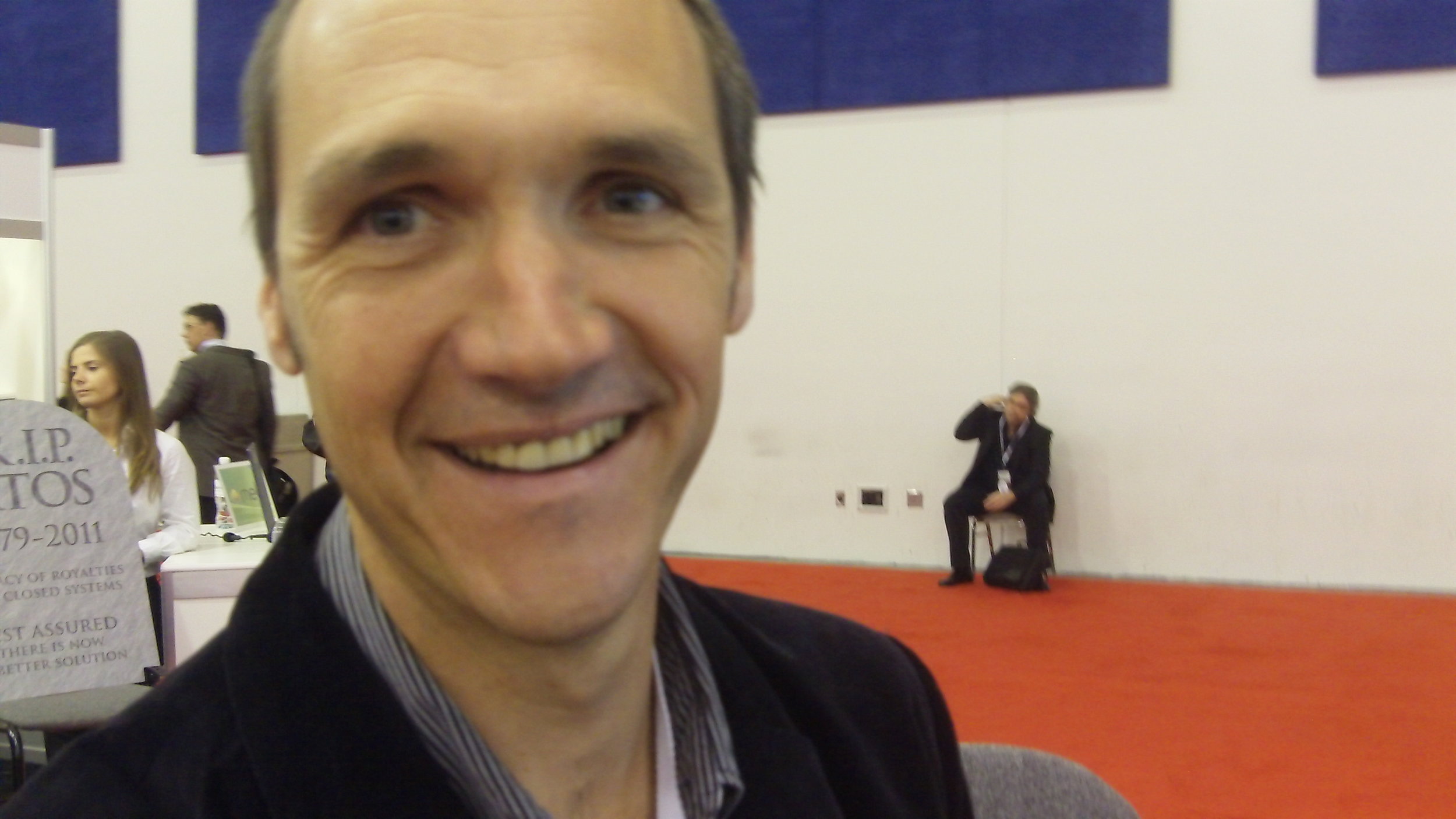In the “noise and fury” of ESC Silicon Valley last week was a relatively small exhibit for Minalogic from Grenoble, France. Minalogic describes itself as a “technology cluster” to foster research in product miniaturization. Within the exhibit was a single panel dedicated to the Gravit accelerator that is moving technology developed in the cluster into commercialization. And within the Gravit section was an example of the range of the embedded technology industry. Alexandre Delorme is Gravit’s innovation program manager for micro-nanotechnology, energy and software and he led visitors through a list of a half dozen technologies ready for transfer into the larger world.
At one end of the spectrum is, Accium, a new battery with two essential elements in the emerging electric mobility: A long (double standard length) shelf-life of other batteries and a guarantee of autonomy.
Accium’s technology is based on High Energy Balancing System (HEBS) chips in parallel with the battery’s multi-cellular system allowing cells to pool energy sources. Coupled with completely integrated measurement and command techniques in its storage system, these chips allow users to optimize the energy stored in each of them inside the battery pack.
“Electricity is considered an ideal energy source in an eco-friendly environment. The challenge is storing this energy at a lower cost,” said Delorme. “Accium makes that possible for battery integrators for electric vehicles fleets, storing energy from intermittent sources and energy from the grid.”
At the other end of the spectrum, AudioActivity, an application that allows listeners to separate the audio sources of digital stereo music and to remix them as they see fit and compatible with standard stereo formats (particularly WAV and AAC).
The technology can be integrated into any audio player software and can separate voices and instruments of the sound scene in real time during restitution. Imagine carrying a karaoke mixer in your shirt pocket. That’s what AudioActivity can do.
“AudioActivity is based on the development of innovative techniques of source separation through digital audio tattooing or additional data flow. The encoding of the mixed signal integrates a series of data on the separate tracks recorded in the studio, this data being used to separate the tracks when the mix is decoded.” Delorme explained.
The full spectrum of technologies available for transfer are available at http://www.gravit-innovation.org
.
